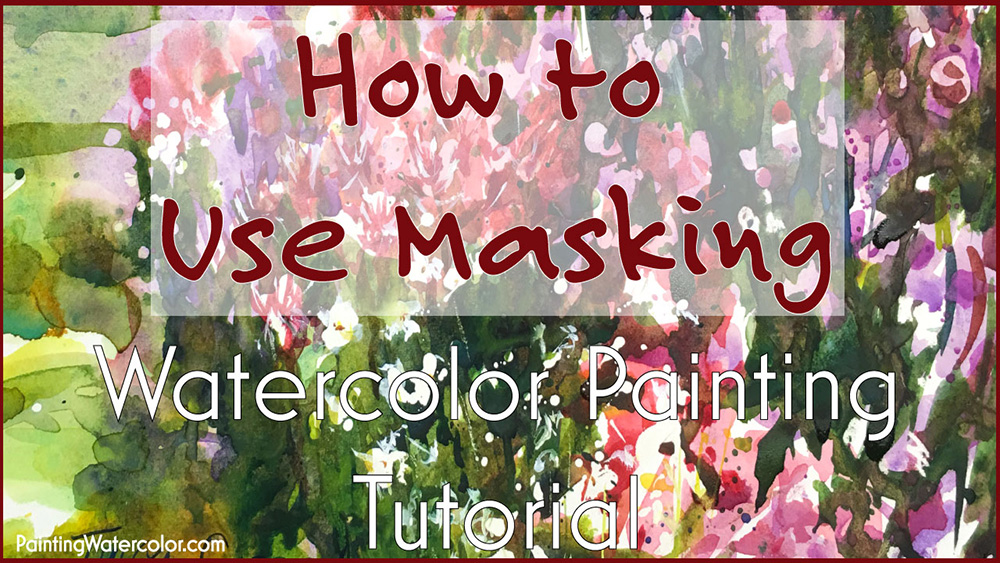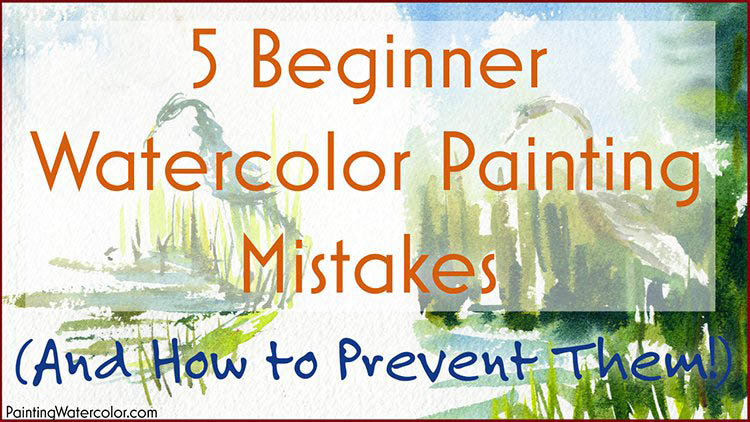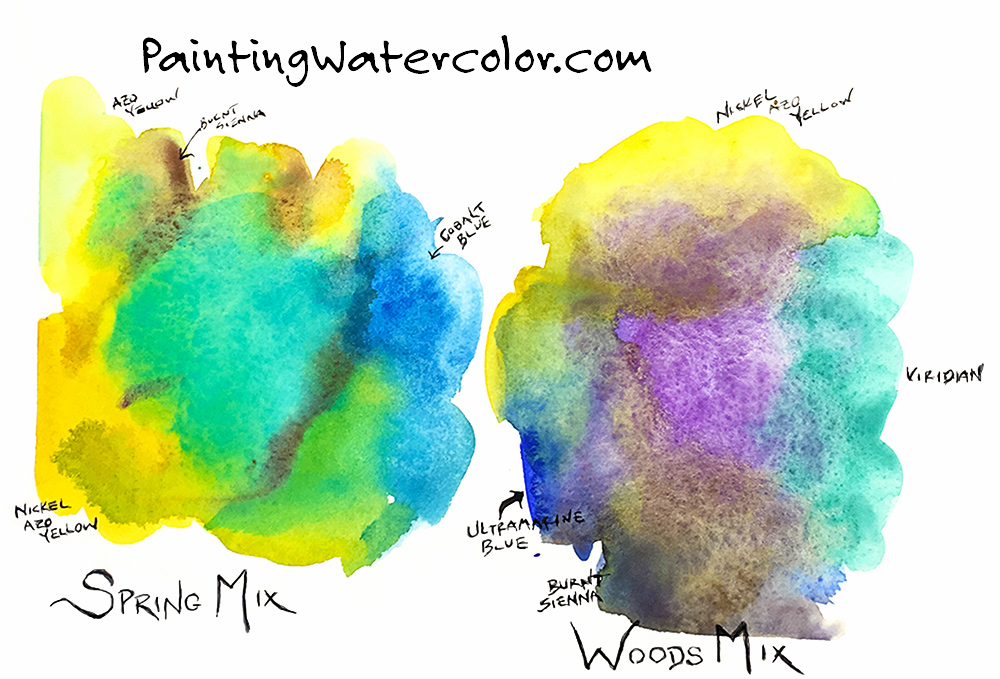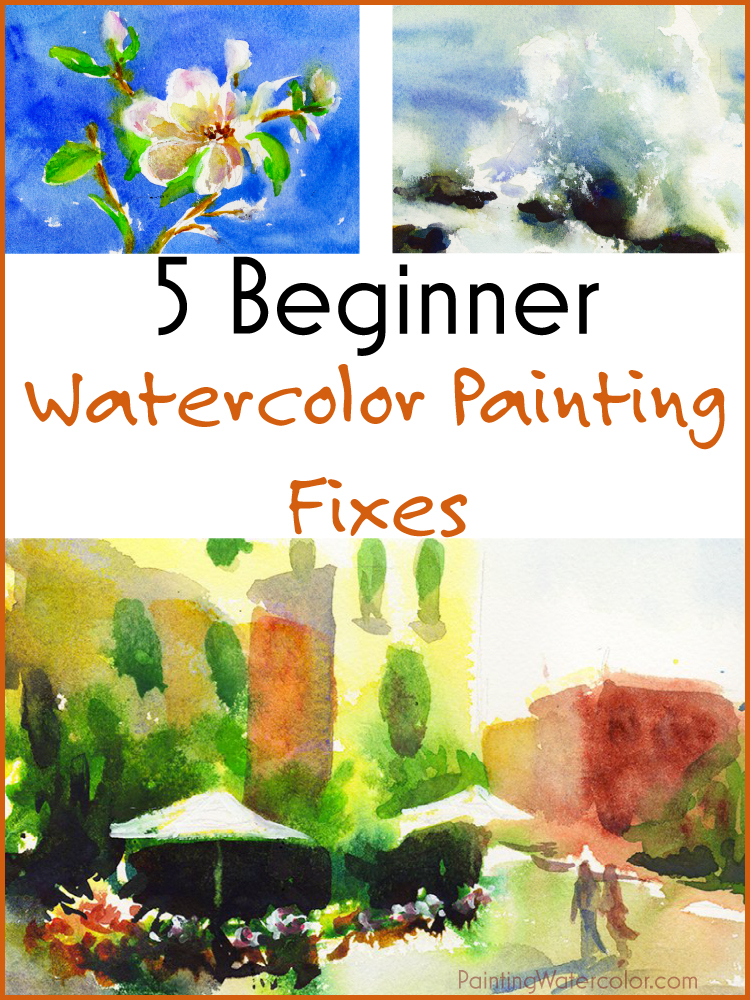Masking Tricks

Masking in use and some alternatives.
Use Masking Over a Wash
Don't just use masking on white paper. Use it on a wash (that has completely dried.) This is a particularly useful trick when painting light flowers. I used it in the light purple verbena in the sketch above, but you could use it for highlights on sunflowers. Or paint the shadows moving through white daisies, let it dry, then reserve the flowers, already with their shadows.
Remove masking when painting is 80% done.
That's right, 80% done. Never wait to remove masking until the painting is finished. If you remove it before the end, you have time to blend some edges, layer a little of harsh whites. Otherwise, your painting will be dotted with little white paper cutouts. Not a good look.
Removing Masking
Masking must be removed completely.
I use a white artist's pencil or my finger to remove masking. If you've really built up the layers and pigment is thick on the masking, use your finger. The eraser will smear it easier, making your pristine whites disappear at a swipe.
Remember friction can give you a blister! (Yes, I've stupidly been there.) Take your time removing masking if you've used a lot.
Masking vs. Alternatives
Besides the obvious technique of negative painting, there are options to masking.
White Gouache
Gouache is what I use about half the time. It can be mixed with your other pigments to change the color (keep the mixes separate on your palette.)
The big negative about gouache is that it dulls the stained glass effect of watercolor. That luminous color just isn't there after mixing gouache. However, that can be a plus. The play of dull and transparent colors can be exactly the look you're going for!
Keep gouache use to small areas.
Always plan ahead for using gouache. Don't use it to fix mistakes. Use it deliberately.
Wax
You all know how I love using my wax crayons! They're easy to use, leave interesting sparks of pigment and don't completely kill transparency.
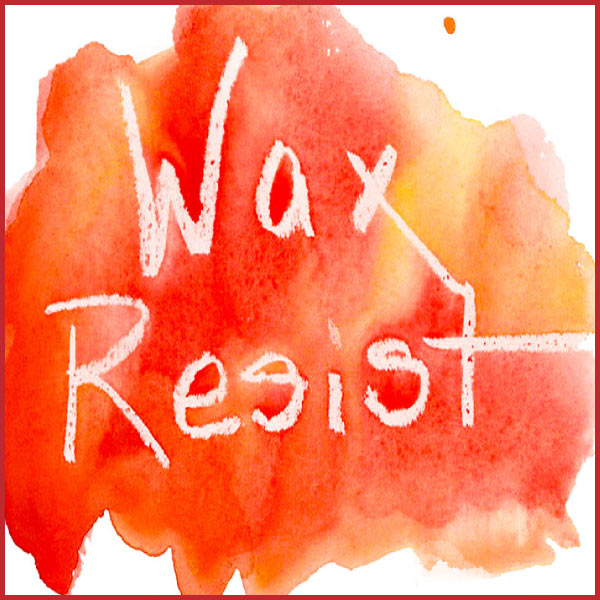
The negative of wax is it can't be removed. You can play with ironing and all the rest, but it simply doesn't come off nicely. So where ever you put it will be that color forever. No second chances, which can be hard for beginners.
The other negative is it's a bit shiny, but that's unnoticable under glass.
Razor
So the obvious negative of a razor is bloodstains...
Cutting through your paper is a hazard so practice on a scrap paper before your painting. It does damage the paper, of course, so use a razor as your very last step in painting.
The real negative and positive of razor pigment removal is it only looks good as a small thin line. It's a great small hairline white, but don't try to make it bigger. It never looks good.
Why I Rarely Use Masking Now
I don't use masking much anymore for 4 reasons.
1.
While Incredible White Mask does ok with Twinrocker paper, it doesn't always come off smoothly. I've tried all the brands, that one works the best but it's not infallible. Handmade paper and masking don't mix well and I don't recommend using both.
Twinrocker paper also has a heavier sizing and better recovery than Arches, and far better than cheaper brands. That means lifting paint is much cleaner and easier. So there is less need to reserve minor whites before hand.
2.
I paint a lot faster than a few years ago and also have less time to paint. I don't like wasting time waiting for masking or paint to dry!
3.
I use white gouache and wax. I only painted transparent watercolor pigments to start. Now I use anything that works!
4.
I'm a better painter than I was a few years ago. I don't have as much trouble negative painting tiny areas in a loose wash. That takes a LOT of practice though.



